Why Princess Diana Chose "Edgy, Counter-Culture" Photographer David Bailey to Take Her Formal Portrait
It was a break from tradition... and also not.
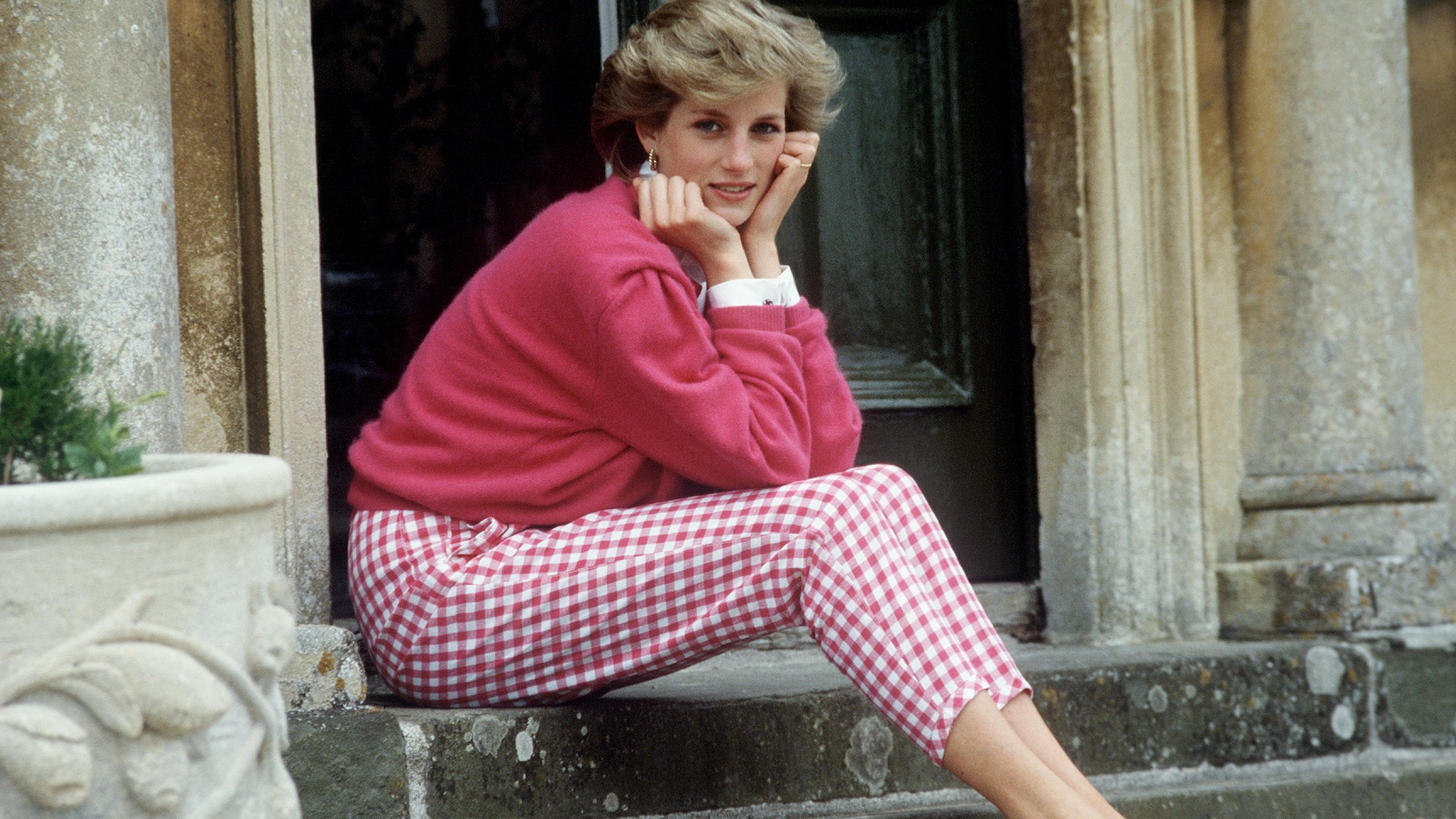
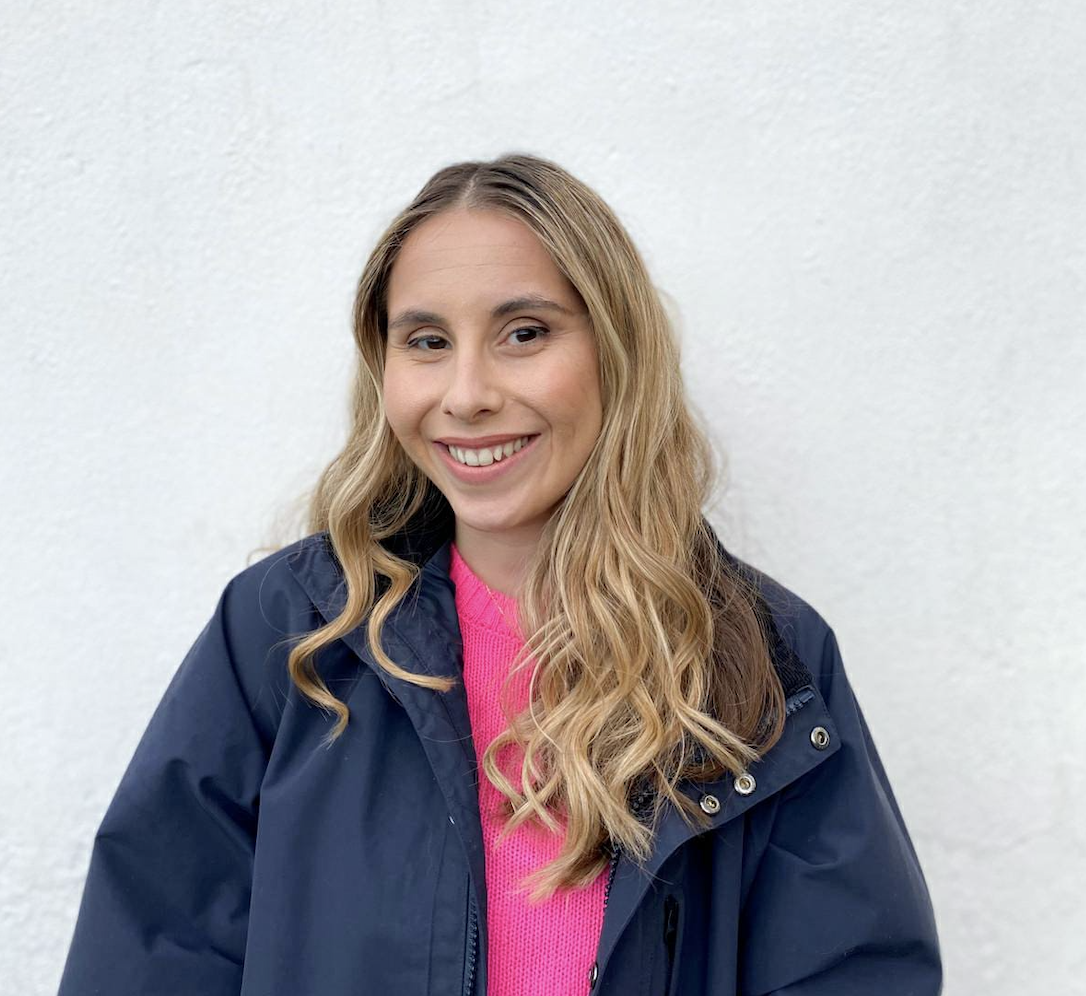
Diana, Princess of Wales, did things her own way.
That individuality and assertiveness extended to how she chose to portray herself—and a previously unseen photograph of her currently on display at Kensington Palace is the perfect illustration.
The photo was taken by David Bailey in 1988 and marked a clear departure from both the types of portraits that were being taken of royals at the time and from the image of herself that the princess was putting forward until that point, explains Claudia Acott Williams, who curated the exhibition "Life Through a Royal Lens."
"It was taken as part of a sitting that was commissioned by the National Portrait Gallery," Williams tells Marie Claire. "It was really interesting, because when I was researching it, quite a number of photographers were suggested to her, people like Norman Parkinson, who was a much more established photographer and somebody you might expect to take a picture of a member of the Royal Family. But it was the Princess of Wales who actually wanted to be photographed by David Bailey, who at the time was a really surprising choice."
If you're into photography, you'll be familiar with Bailey's work: Over the course of his illustrious career, he has photographed Mick Jagger, Andy Warhol, Kate Moss, Michael Caine, two Beatles, Lewis Hamilton, Christy Turlington, Prince Harry and Cara Delevingne—and that's barely scratching the surface of his portfolio. So what about choosing Bailey was so controversial?
"Obviously the Queen later sat for him too, but at this point he was a quite irreverent, edgy, counter-culture type figure, who was an odd one, or an unexpected one to make a formal royal portrait," Williams says. "I think that says a lot about [Diana's] spirit and maybe her desire to want to present herself differently, and establish herself differently."
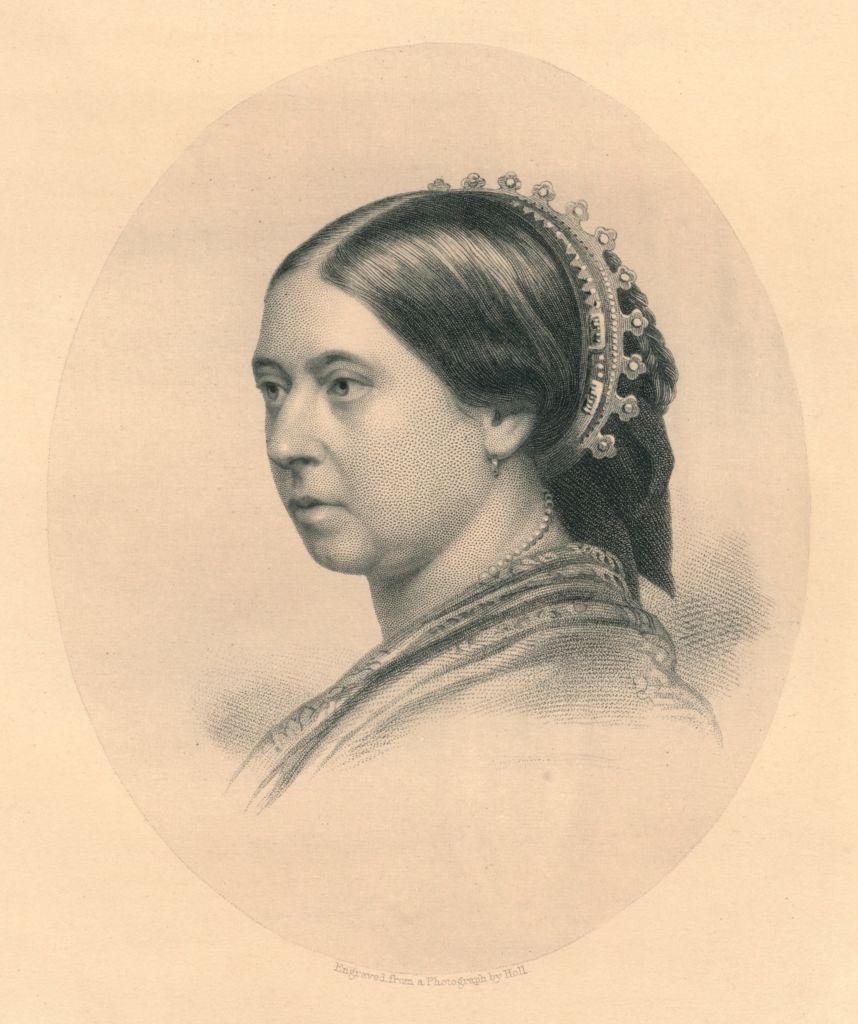
Engraving after a photograph of Queen Victoria
The photo shows the princess, unsmiling, in profile, and in black and white. (You can see it here.)
Stay In The Know
Get exclusive access to fashion and beauty trends, hot-off-the-press celebrity news, and more.
"I think what's interesting about this picture is that the National Portrait Gallery [chose] a series of photographs from the sitting—and those photographs are more… quite traditional Diana depictions," Williams explains.
"They [show her] smiling and warm and looking into the camera, very much what you'd expect of her approach to her image-making by the '80s, but this one is so different for her. It's quite a poignant image, because it's very regal, it's stoic, it really references a very traditional style of royal portrait, which is that profile image, which has historically been used for things like stamps and coins.
"In and of itself, this then becomes quite a surprising photograph for her as an individual. I personally think it is by far the strongest of that whole sitting."
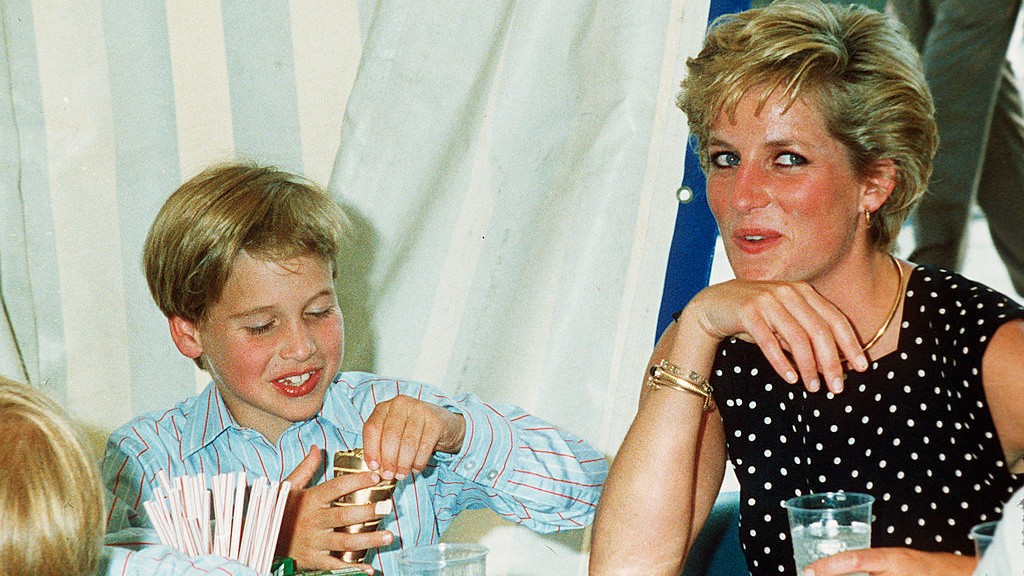
While Princess Diana embodied youthfulness, lightheartedness and friendliness in the eyes of the general public, we also know that there was a certain seriousness to her—and lots of suffering, too.
"She had spent time trying to cultivate a much more approachable picture of herself, which she had done so successfully by this point, so I think this was a moment of maybe… not rebranding, because I don't think she changed her wider image, but it was her wanting to create something different in terms of her own image," Williams says of the portrait.
"Ironically, that meant doing something that was actually possibly more traditionally royal, but taken by David Bailey, it's still become something surprising and different for her.
"What I also love about it is just the idea that, although David Bailey is sort of considered very counter-culture and irreverent, that actually what he creates here is a really, really masterful royal portrait.
"To me, it's fascinating that somebody who was styling herself in a very warm and approachable way should then use David Bailey to fashion a really traditional royal image."
Well, she was always ahead of her time.

Iris Goldsztajn is a London-based journalist, editor and author. She is the morning editor at Marie Claire, and her work has appeared in the likes of British Vogue, InStyle, Cosmopolitan, Refinery29 and SELF. Iris writes about everything from celebrity news and relationship advice to the pitfalls of diet culture and the joys of exercise. She has many opinions on Harry Styles, and can typically be found eating her body weight in cheap chocolate.
-
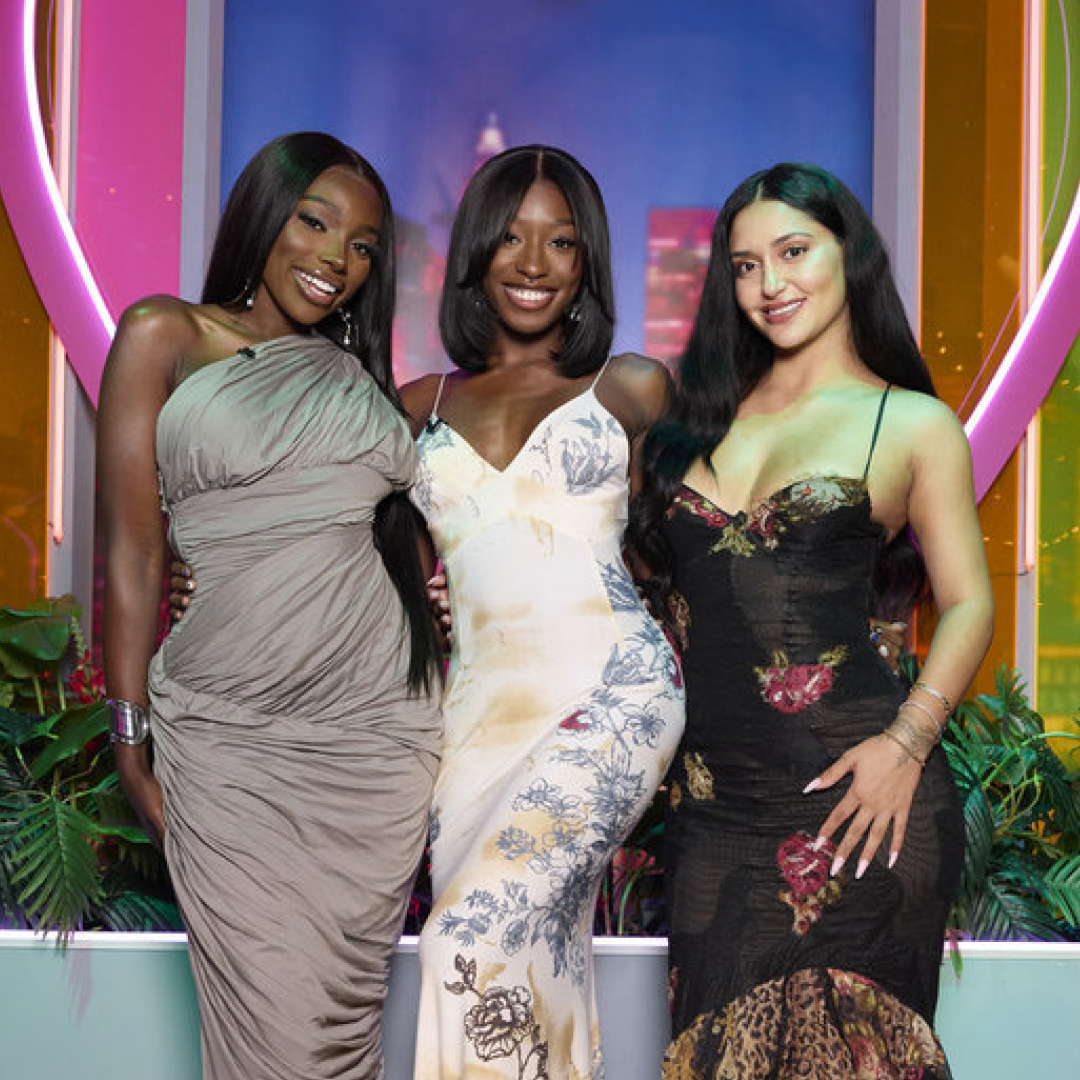 Let's Go, PPG, Fans! A New Peacock Series Starring the 'Love Island USA' Season 6 Cast Is Coming Soon
Let's Go, PPG, Fans! A New Peacock Series Starring the 'Love Island USA' Season 6 Cast Is Coming SoonWe're already clearing our summer schedules for 'Love Island: Beyond the Villa.'
By Quinci LeGardye
-
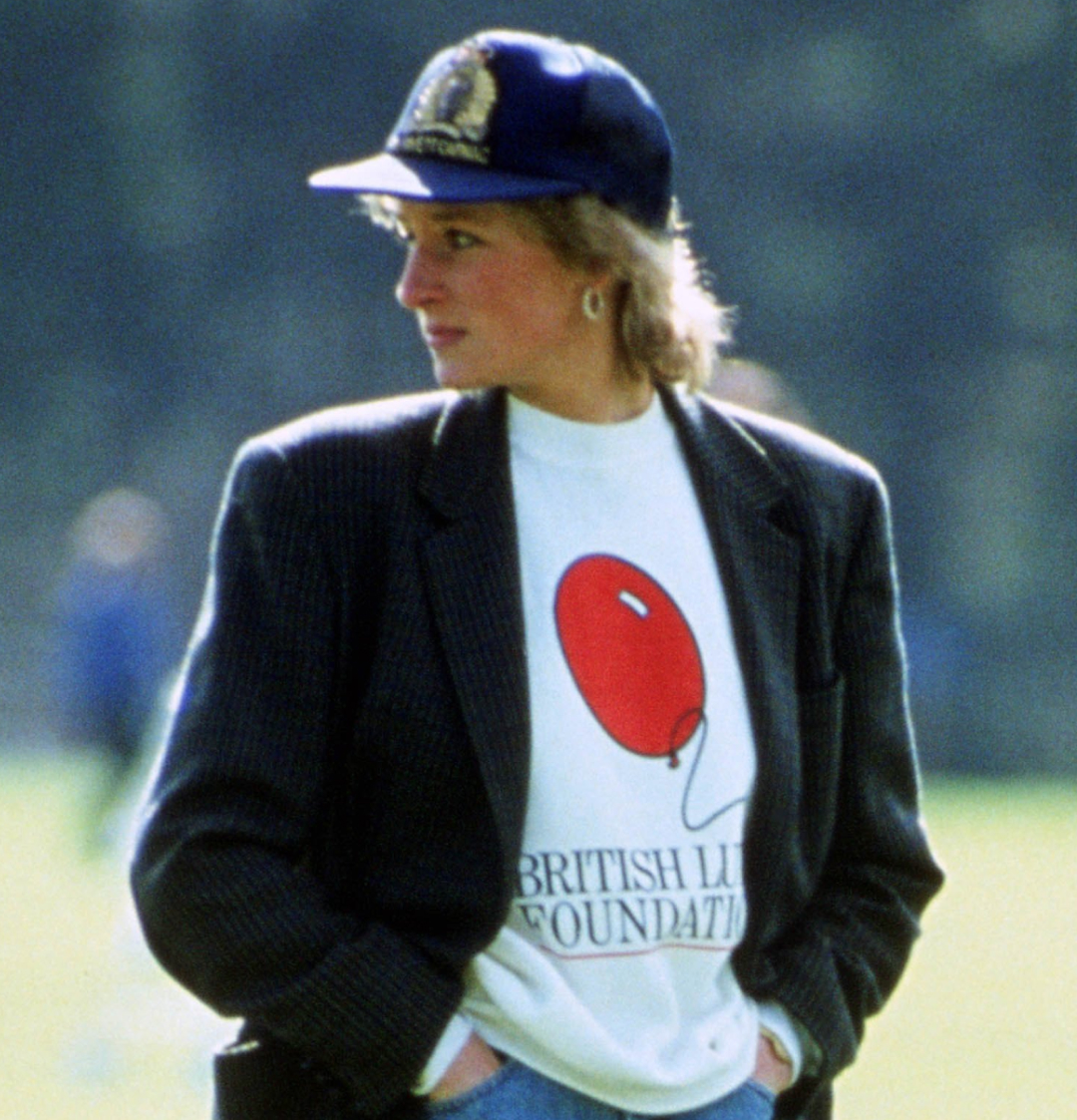 Why Princess Diana Didn't Move to America
Why Princess Diana Didn't Move to AmericaThe late royal's friend opened up about the princess's American dream.
By Kristin Contino
-
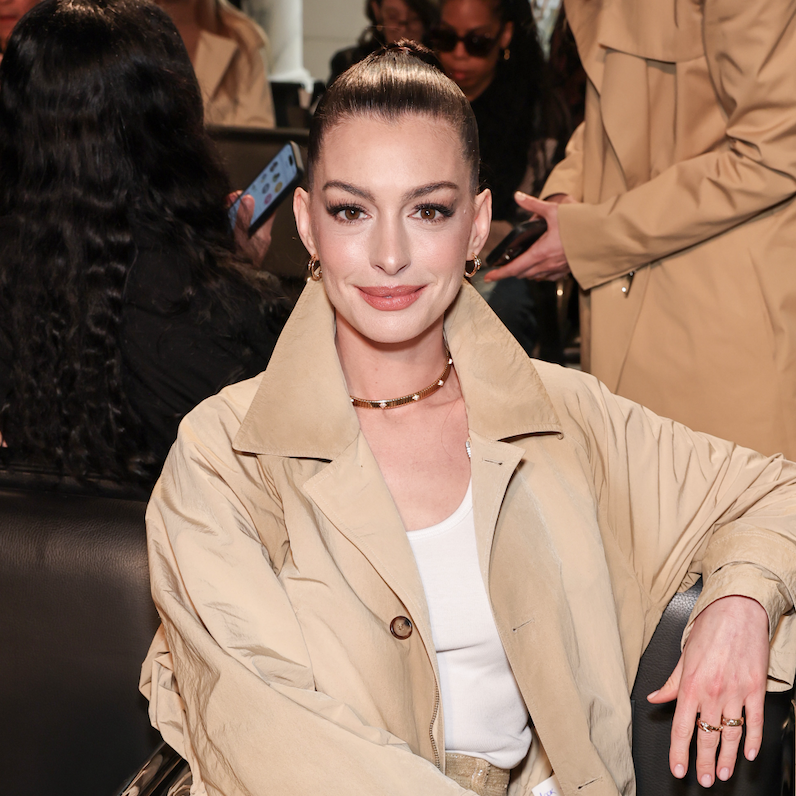 Anne Hathaway Doubles Down on Luxury's Favorite Neutral
Anne Hathaway Doubles Down on Luxury's Favorite NeutralShe painted herself in the timeless hue.
By Kelsey Stiegman
-
 Princess Diana "Felt She Would Be Freer" Living in America, But Didn't Make the Move for One Reason
Princess Diana "Felt She Would Be Freer" Living in America, But Didn't Make the Move for One ReasonThe late royal's friend opened up about the princess's American dream.
By Kristin Contino
-
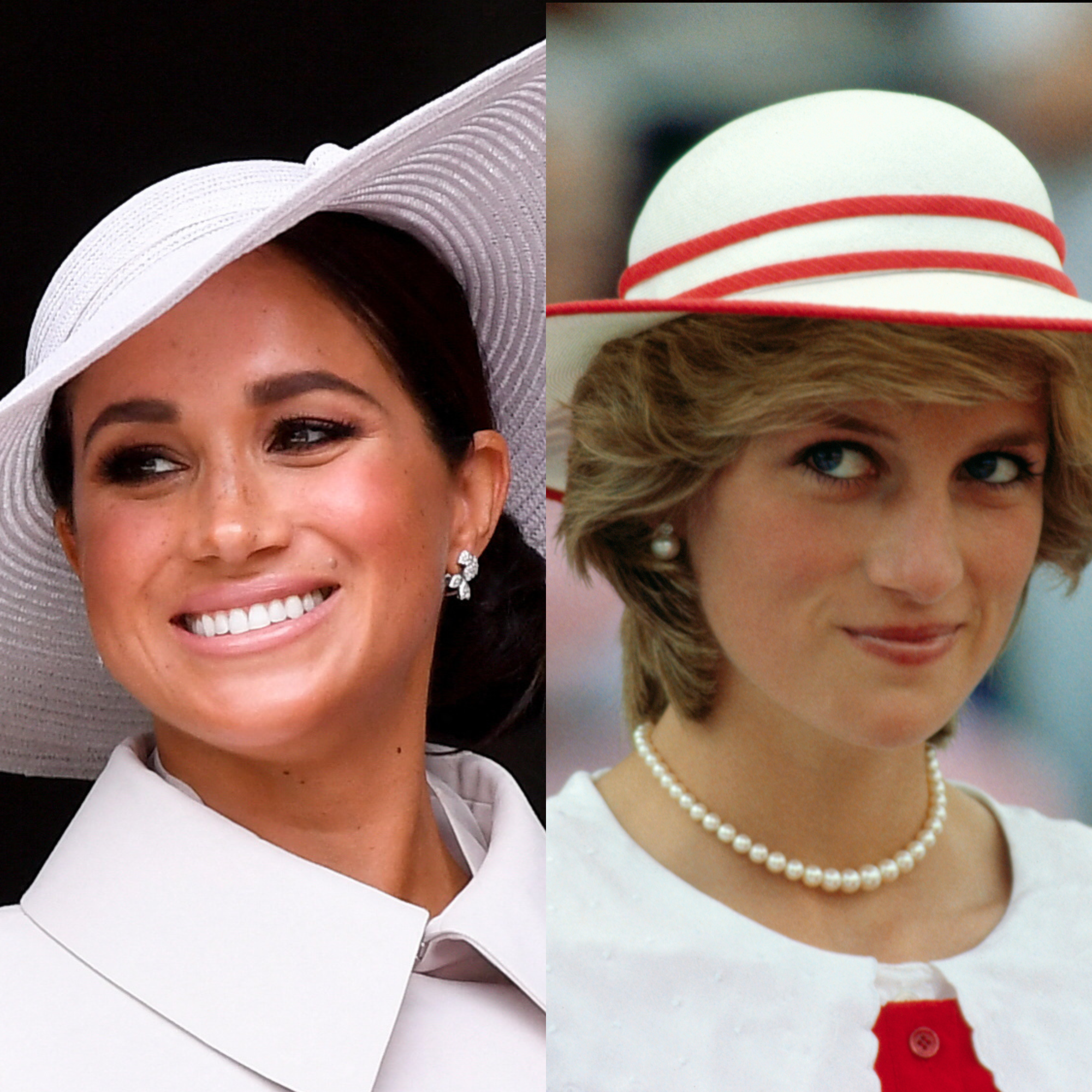 Princess Diana's Close Friend Reveals What She Likely Would Have Thought About Meghan Markle
Princess Diana's Close Friend Reveals What She Likely Would Have Thought About Meghan MarkleRichard Kay shared insights on the late royal and what her relationship with Prince Harry's wife could've been like.
By Kristin Contino
-
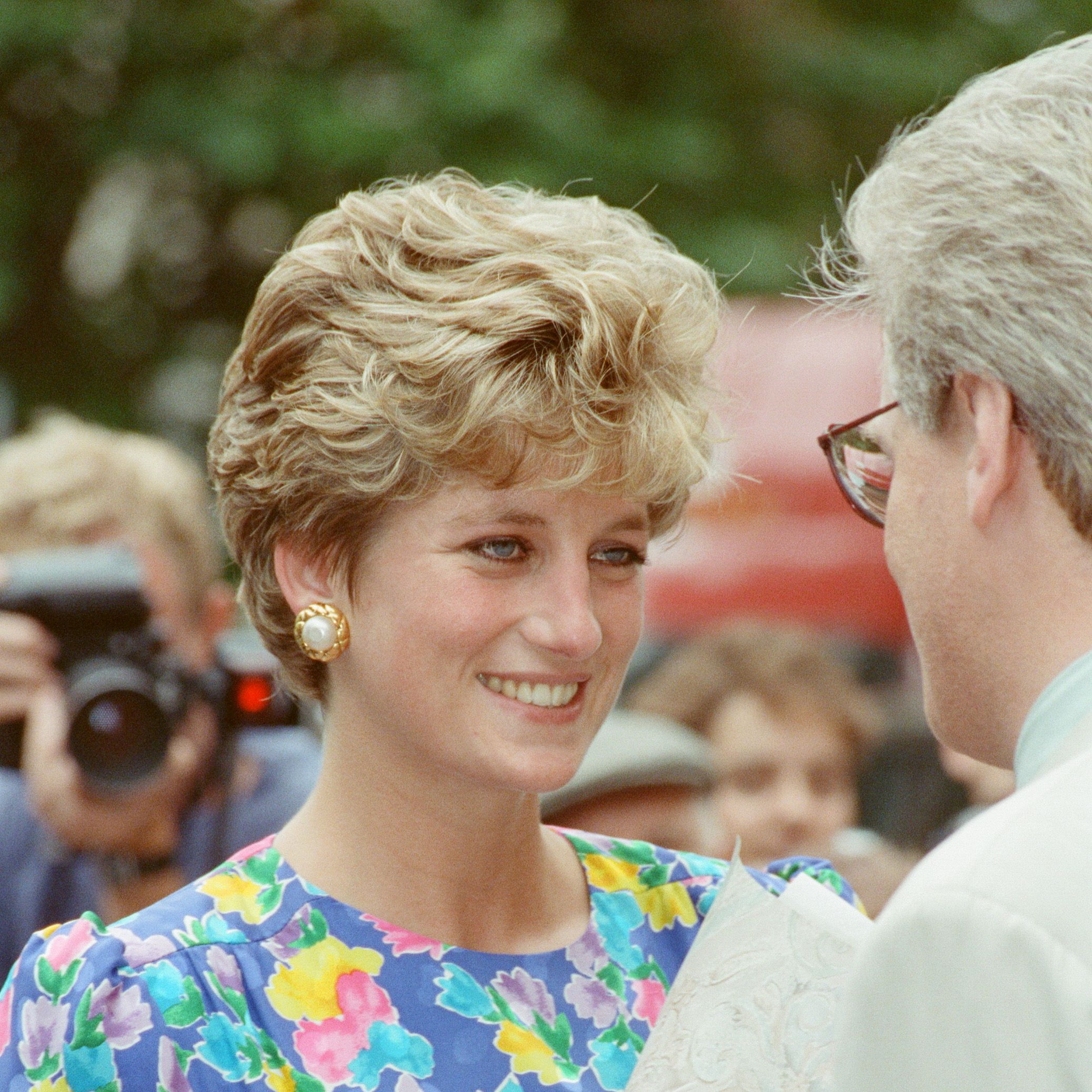 One of Princess Diana's Most Iconic Dresses Is Going Up for Auction—And Its Expected Price Will Shock You
One of Princess Diana's Most Iconic Dresses Is Going Up for Auction—And Its Expected Price Will Shock YouJulien's Auctions tells 'Marie Claire' that one famous dress could potentially break records.
By Kristin Contino
-
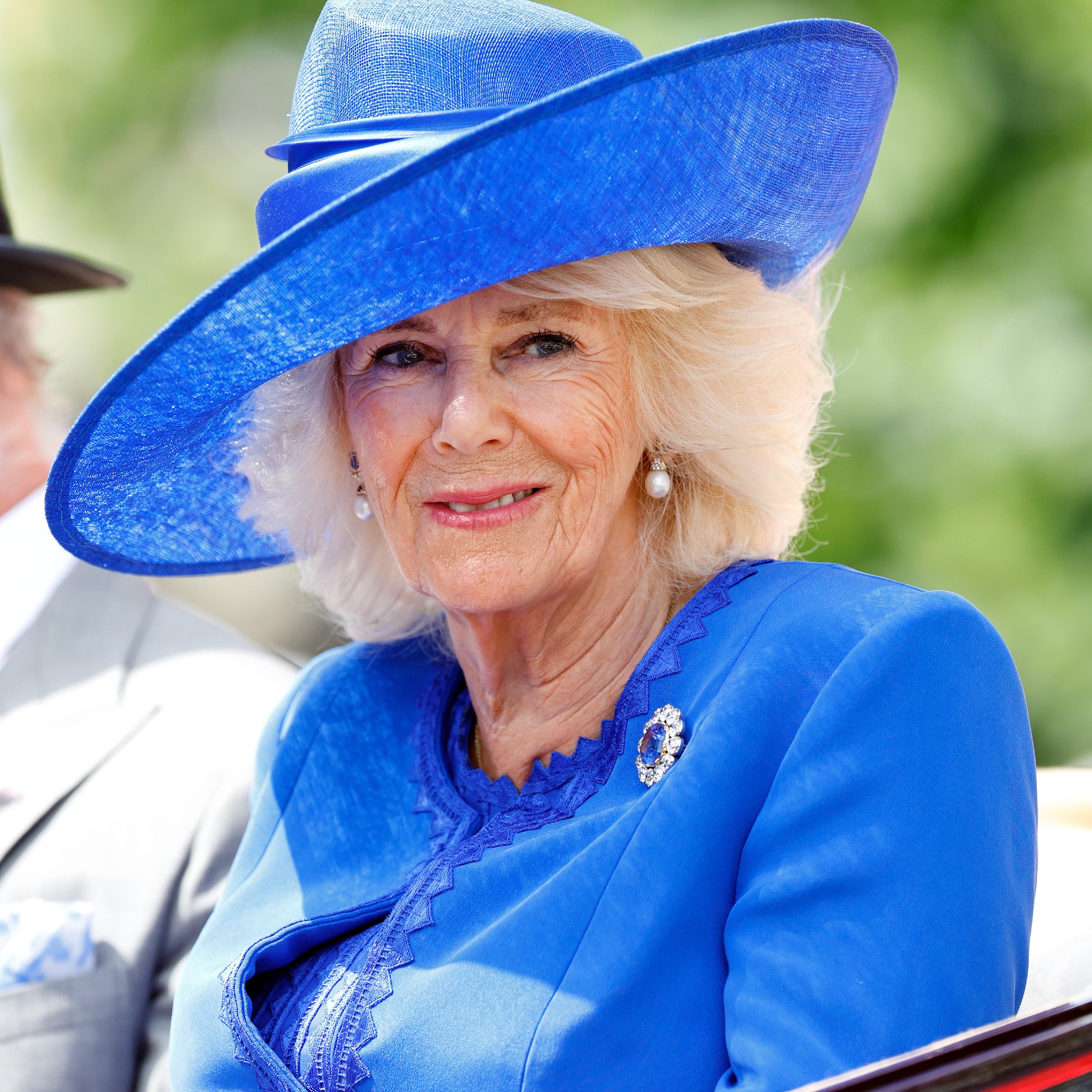 Queen Camilla Dazzles in a $10 Million Brooch With Ties to Queen Victoria, Queen Elizabeth and Princess Diana
Queen Camilla Dazzles in a $10 Million Brooch With Ties to Queen Victoria, Queen Elizabeth and Princess DianaThe Queen looked regal in blue during a state visit to Italy with King Charles.
By Kristin Contino
-
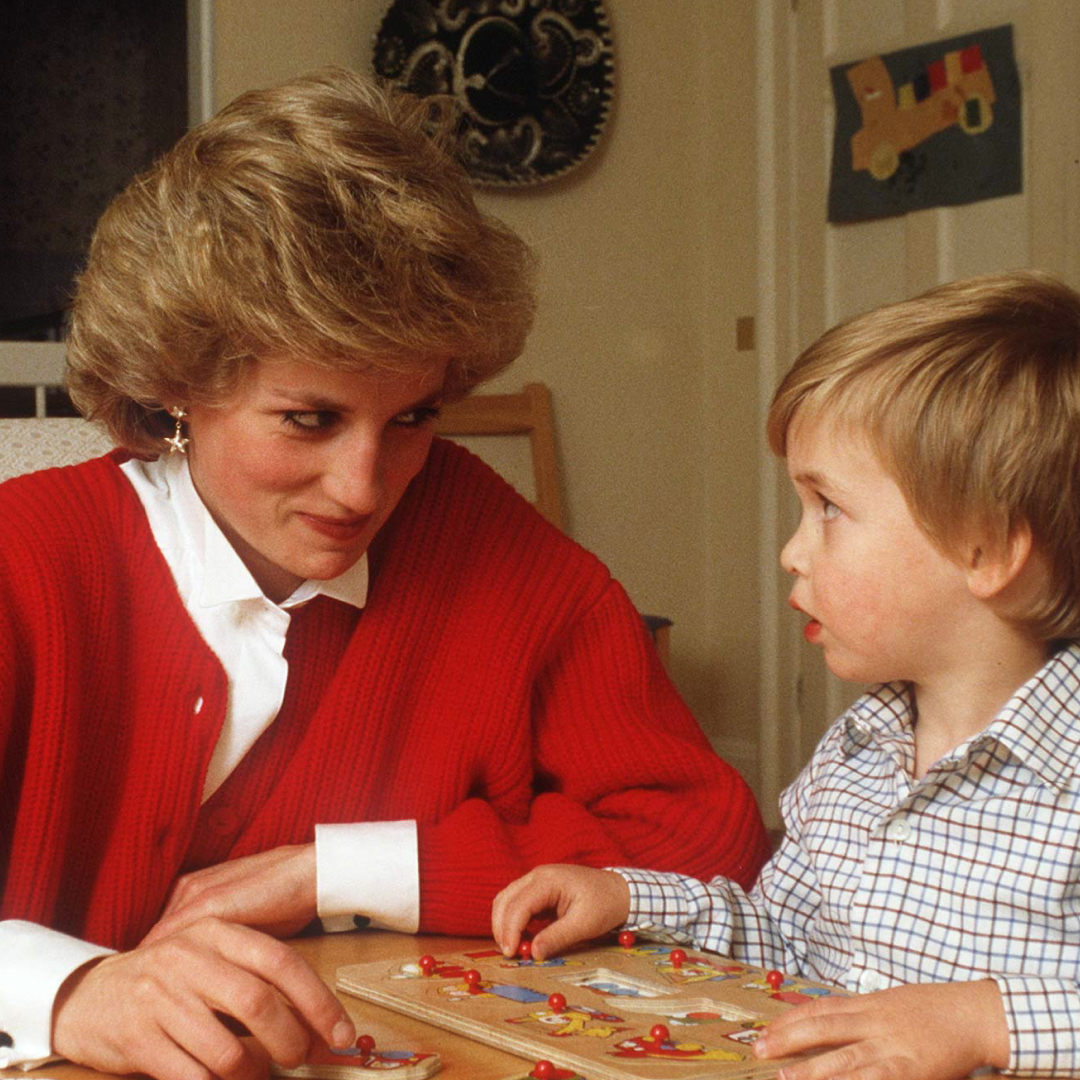 Princess Diana Lost Her Temper in a Relatable Mom Moment Caught on Camera: "Shush!"
Princess Diana Lost Her Temper in a Relatable Mom Moment Caught on Camera: "Shush!"The late princess got stern with one of her kids during a resurfaced interview.
By Kristin Contino
-
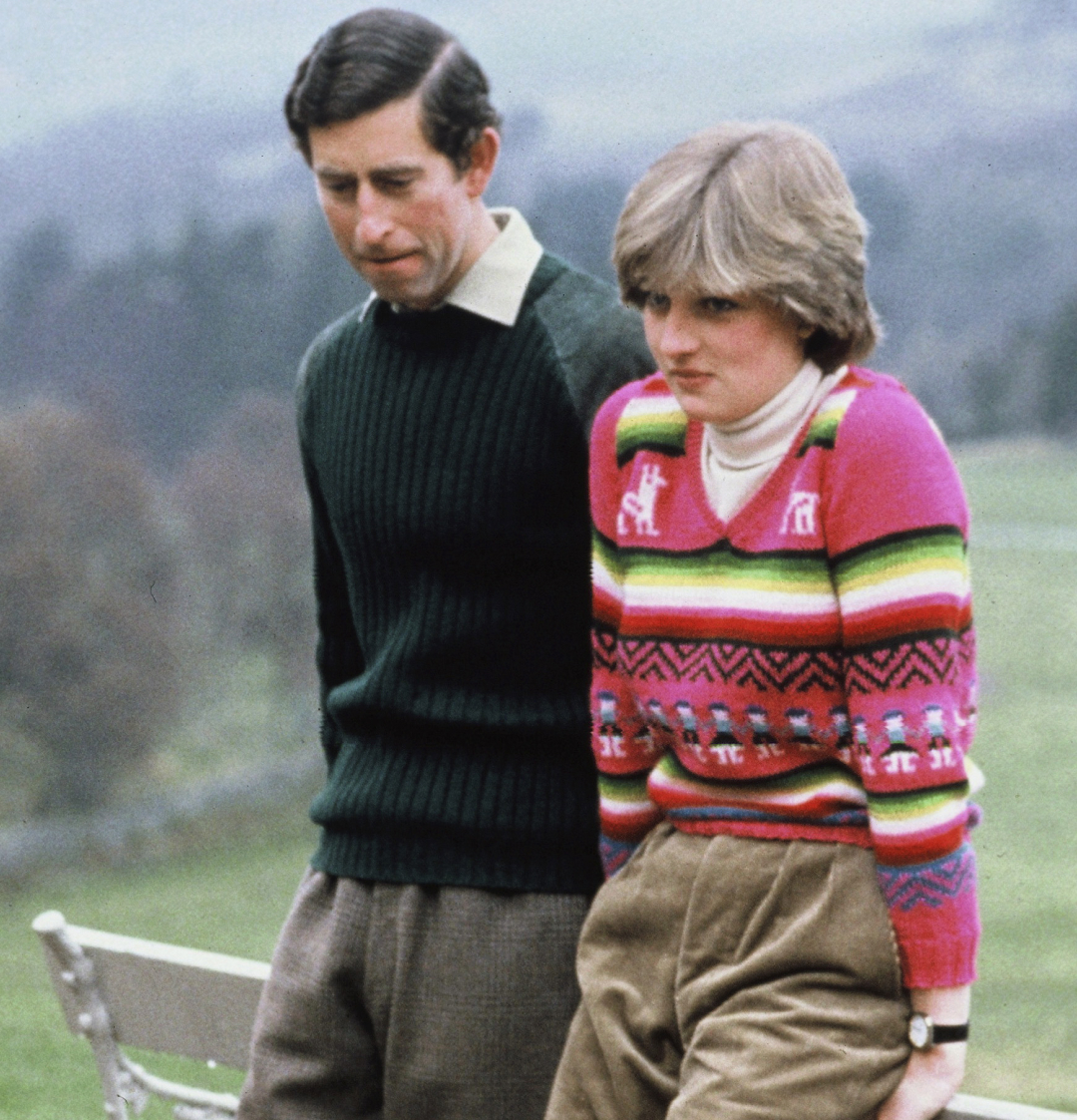 Princess Diana's Former Butler Says The King's First Marriage "Will Define His Lifetime" Vs. His Relationship With Camilla
Princess Diana's Former Butler Says The King's First Marriage "Will Define His Lifetime" Vs. His Relationship With Camilla"Isn’t it strange to think Charles has been married to Camilla longer than he was married to Diana?"
By Kristin Contino
-
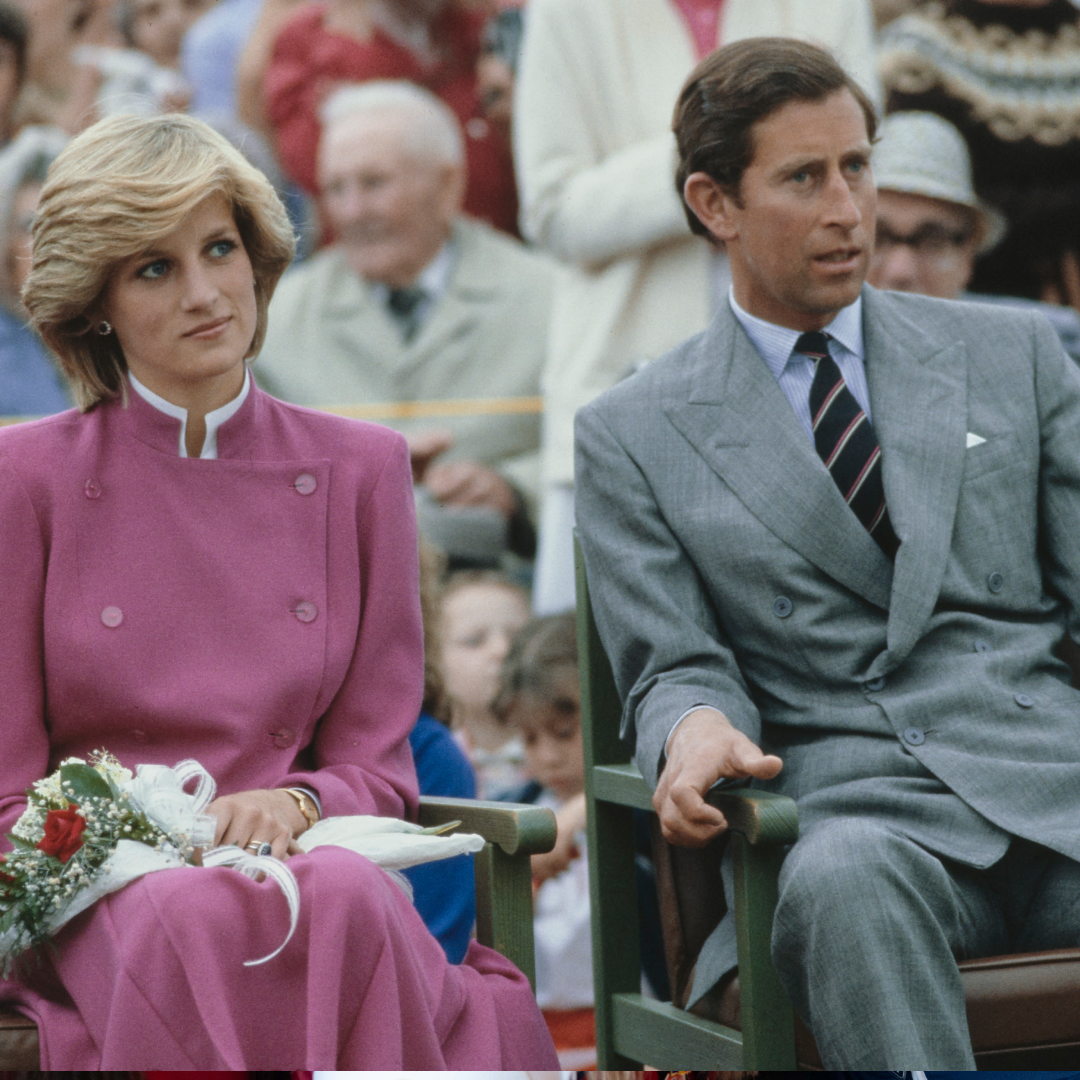 King Charles "Deeply Regrets" Causing "Pain and Sadness" to Princess Diana With Queen Camilla Affair
King Charles "Deeply Regrets" Causing "Pain and Sadness" to Princess Diana With Queen Camilla Affair"Asking someone to sacrifice happiness for the sake of their public persona seems really quite cruel."
By Amy Mackelden
-
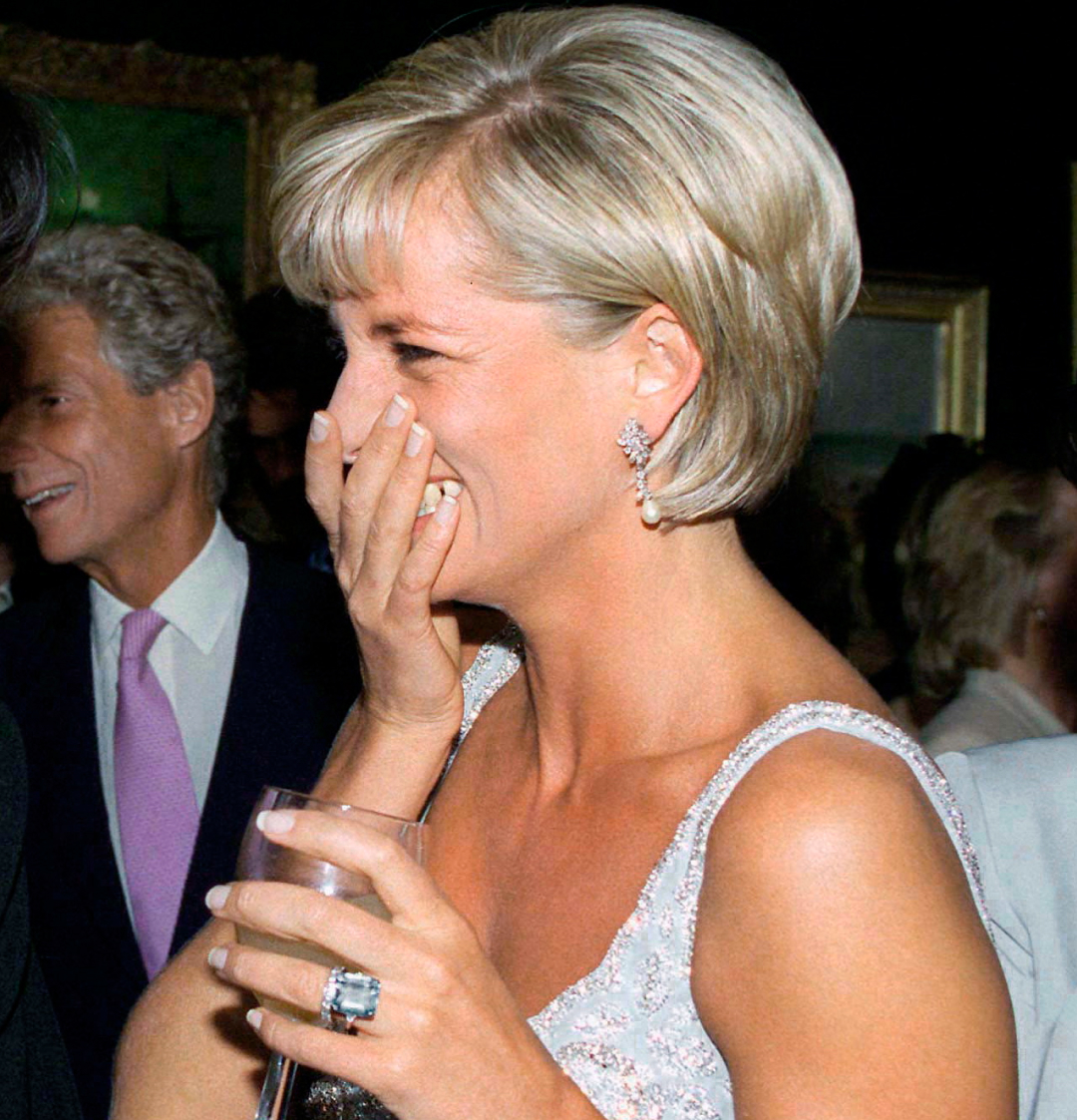 Princess Diana's Friend Reveals the Story Behind the Wild Night When She Snuck the Royal Into a Gay Bar With Freddie Mercury
Princess Diana's Friend Reveals the Story Behind the Wild Night When She Snuck the Royal Into a Gay Bar With Freddie Mercury"I can transport myself back to that lunch and just see Diana throwing her head back laughing."
By Kristin Contino